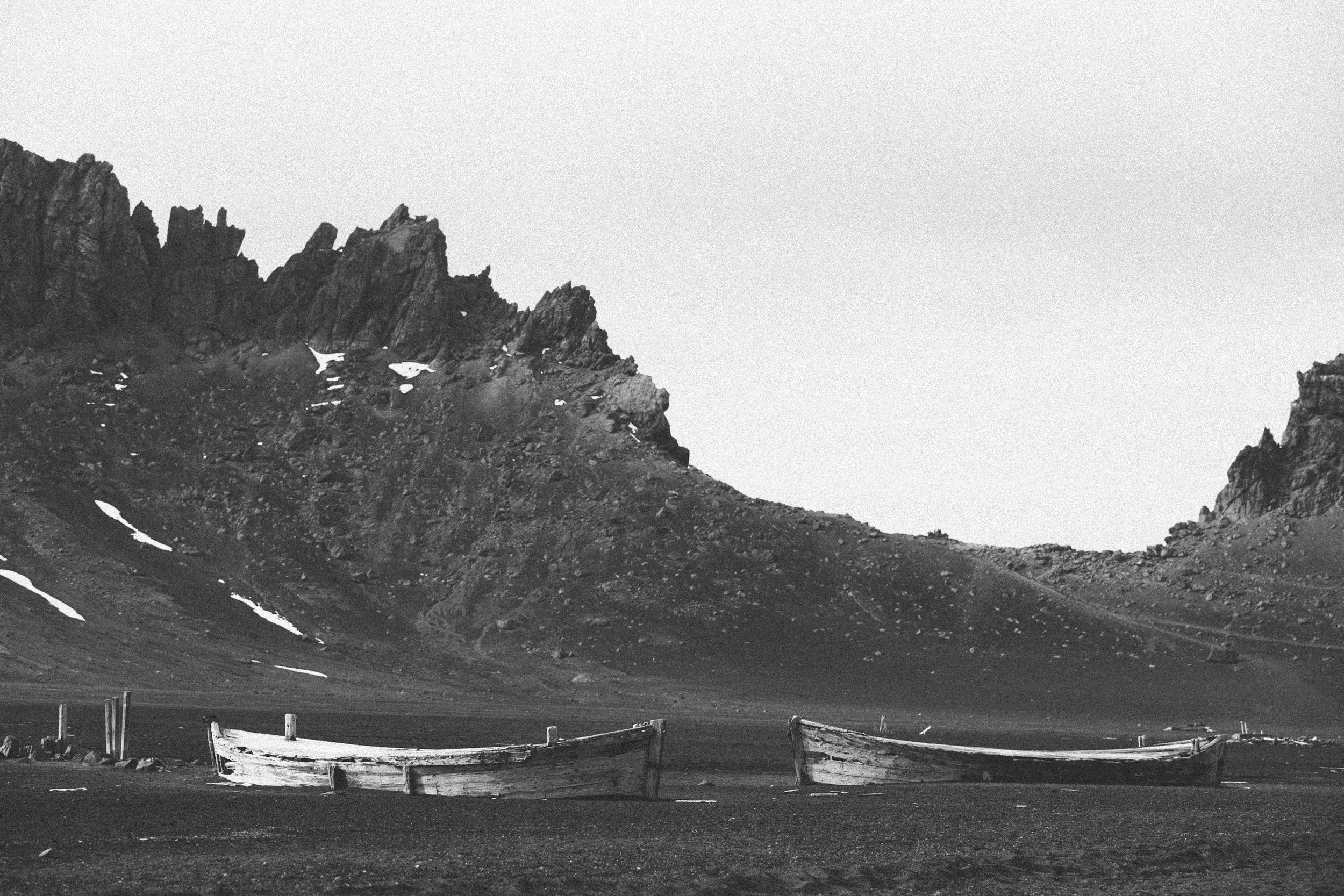Jade green icebergs, the sweet smell of shit from 1.5 million Adelie penguins, seal breath, the haunting boom of cracking glaciers, icy zodiac rides and the smell of trees; a long form photo essay.
The plane punches through the bottom deck of the clouds, suddenly rock pillars rise like stoic teeth from a thrashing ocean below. Snow blows sideways, colours are gone, the world is a monotone natural colour set of water, ice and rock. We’re only two hundred meters above the water approaching a sheer bluff aimed at a barely visible short gravel runway maintained by the Chilean airforce. This is Frei Station, on King George Island —the gateway for flight accessed research and tourism in the Antarctic Peninsula.
I’m sitting in a leather seat, on a 70 seater BAE 146-200 turbo fan short runway specialized jet, in business class, surrounded by 70 excited passengers. The heroic age of suffering is over, we’re here to spend time together in comfort aboard the Ocean Nova our trusty 79m ice-strengthened ship. However, first we need to clear the runway, walk down to Maxwell Bay through the middle of a Russian and Chilean station and load everyone into inflatable zodiacs for a wet ride out to the ship.
I’m here as a “Media Coordinator,” for Antarctica 21, a tour operator and Antarctic fly-cruise specialist. I’ve been tasked with creating a photo slideshow of each trip for passengers to take home, as well as run onboard media and drive zodiacs through the icy waters. The contract is for 5-weeks and we’ll be host to five groups exploring both the Weddel Sea and the western side of the Antarctic Peninsula. The whole shebang will include an adventure south of the Polar Circle, an iceberg larger than Manhattan and a crossing of the infamous Drake Passage.
——— || ———
The following is a long form photo essay from my time onboard. Feel free to reach out about prints, all proceeds go towards buying a sailboat and taking off around the world.
The trip is separated into six categories:
Chapter 1. Iphone/Bad Selfies
Chapter 2. Ice
Chapter 3. Wildlife
Chapter 4. Landscapes
Chapter 5. People
Chapter 6. Human Sites
Note: The format of this blog will look better on a computer than on a mobile device.
Chapter 1:
iPhone/Bad Selfies
These are obviously the most ridiculous, and candid, photos when a quick phone shot is all you want to help archive a memory. But as this is a really long post, I figured you could have a laugh at my expense before the real photos and stories begin…
Note: If you possess superhuman selfie tips hit me up.
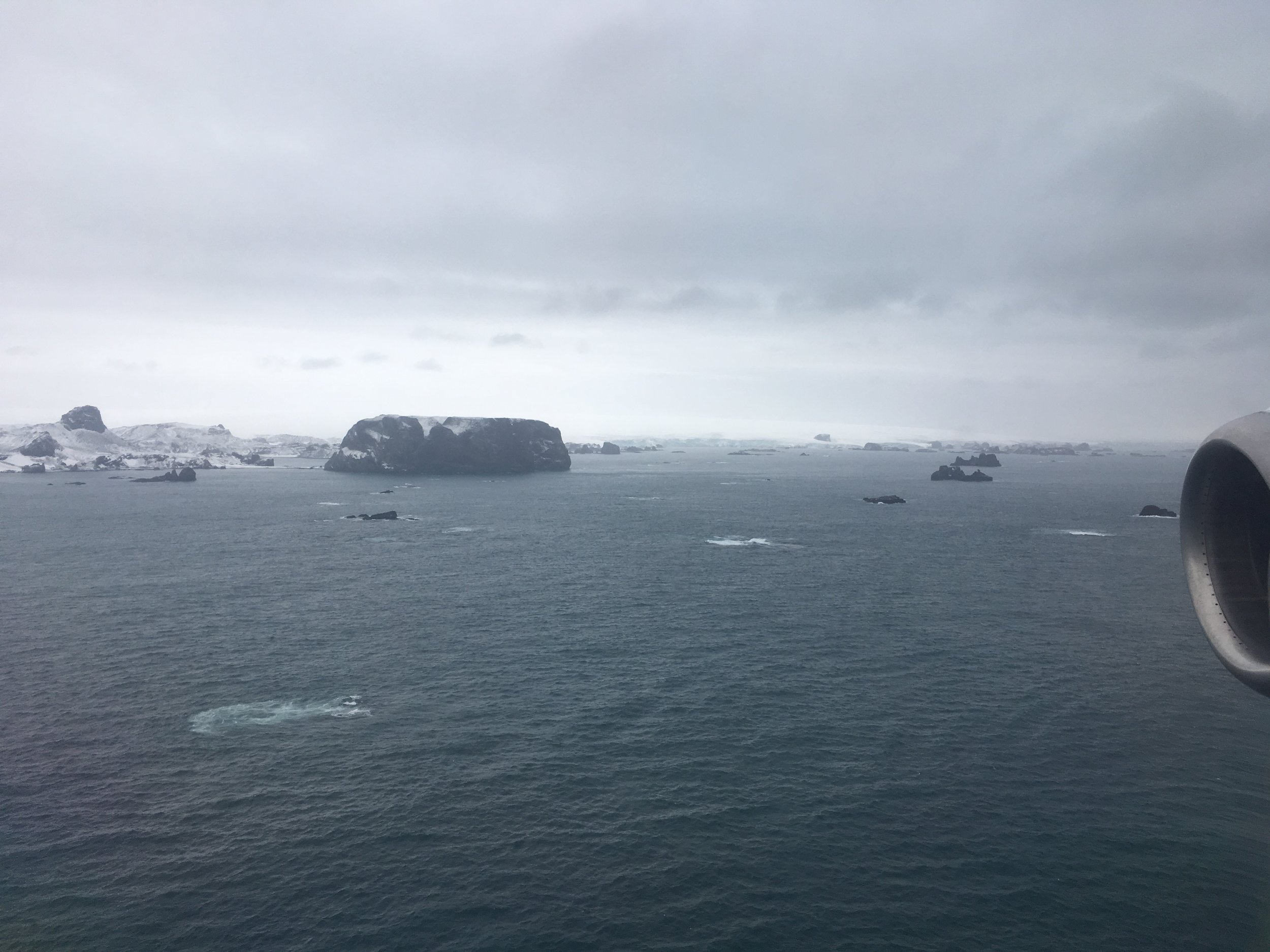
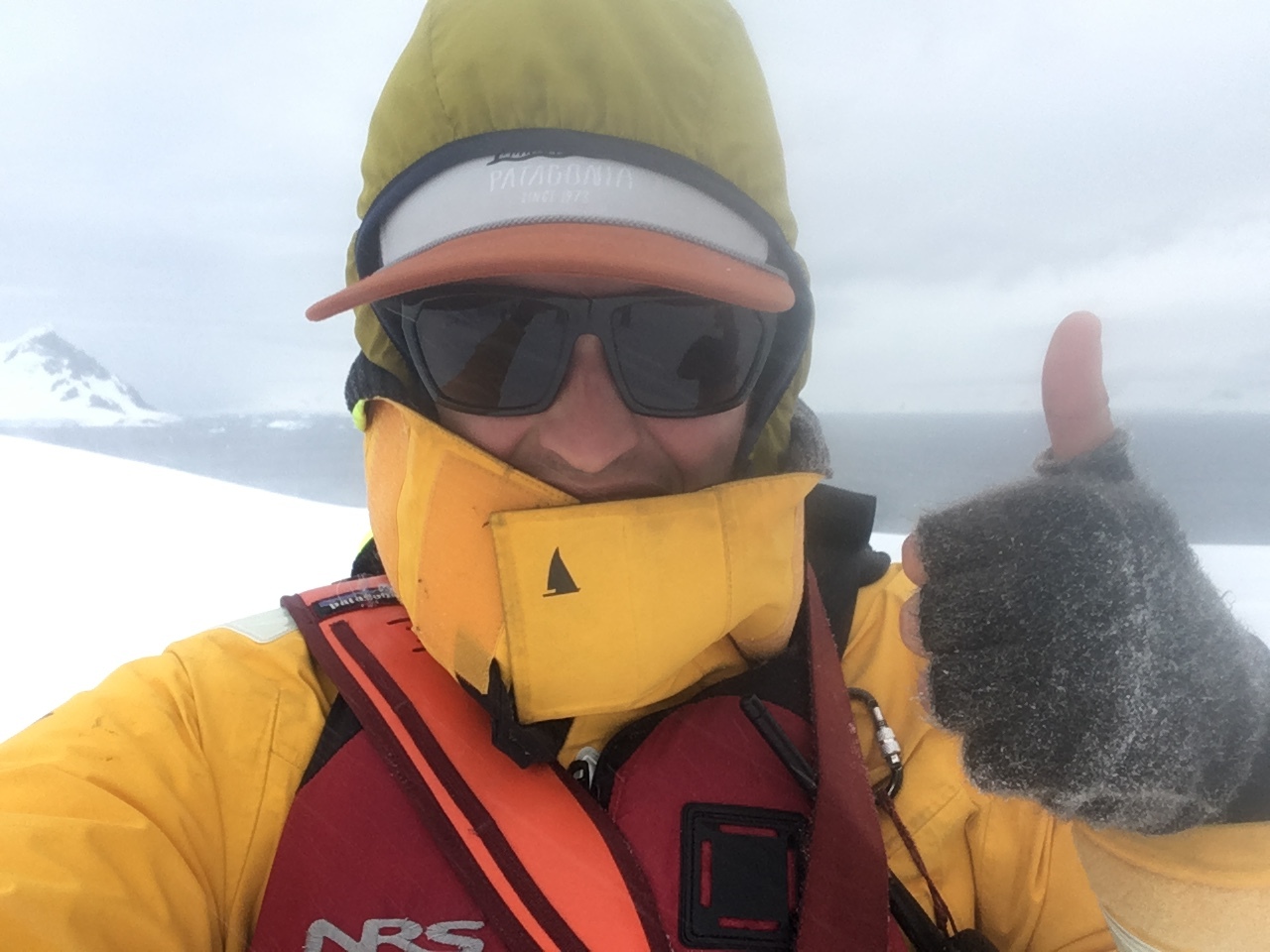
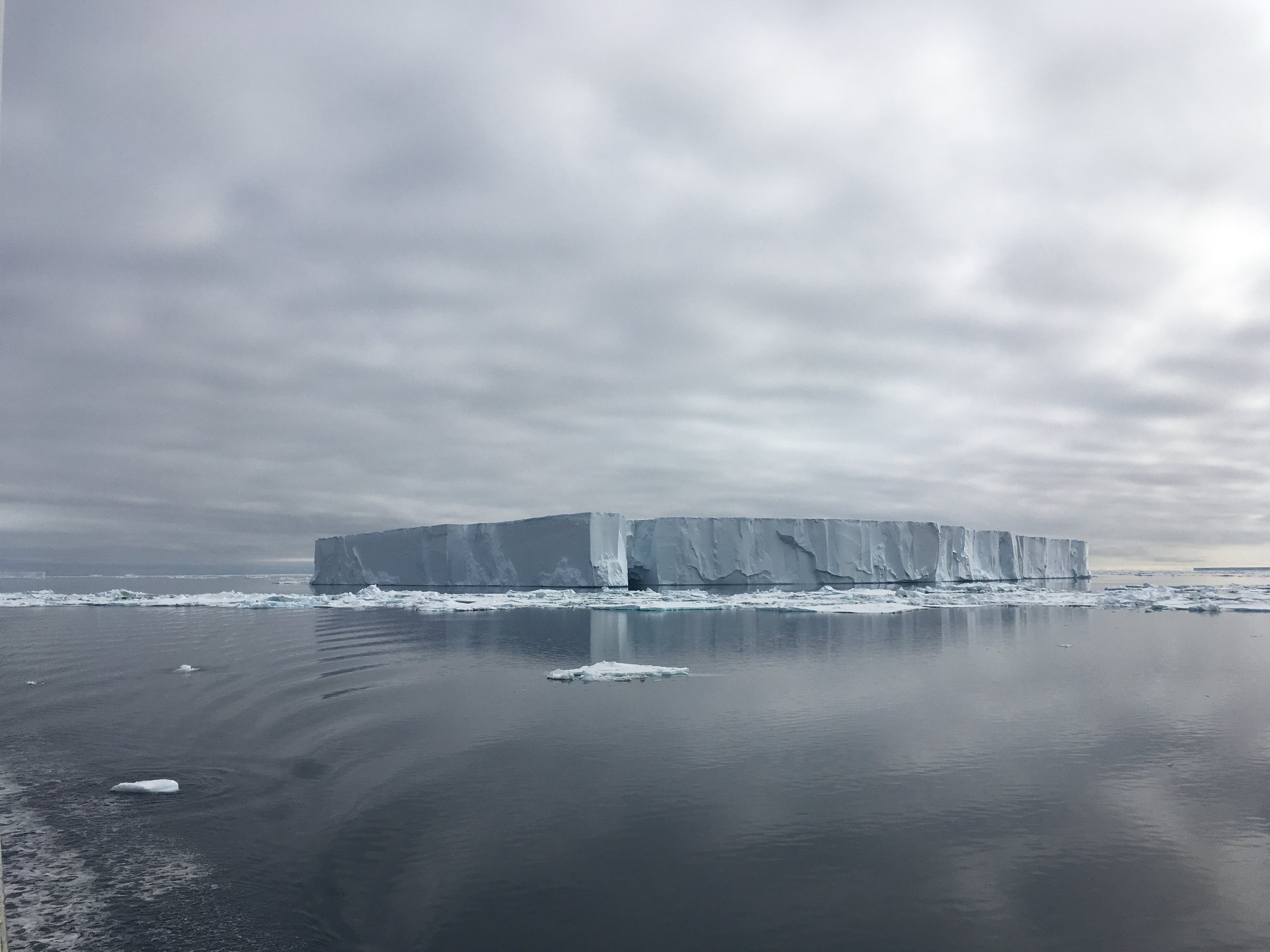
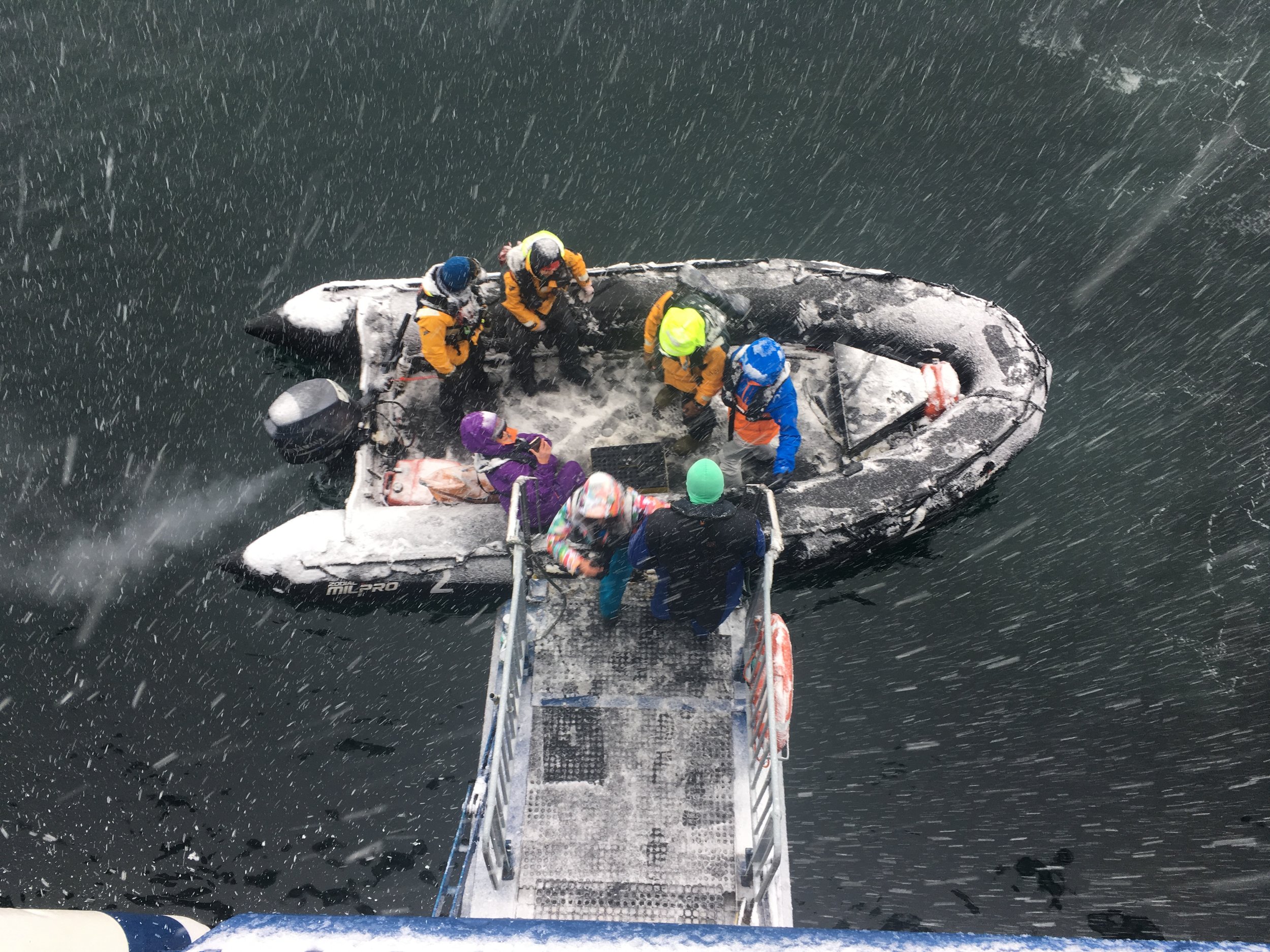

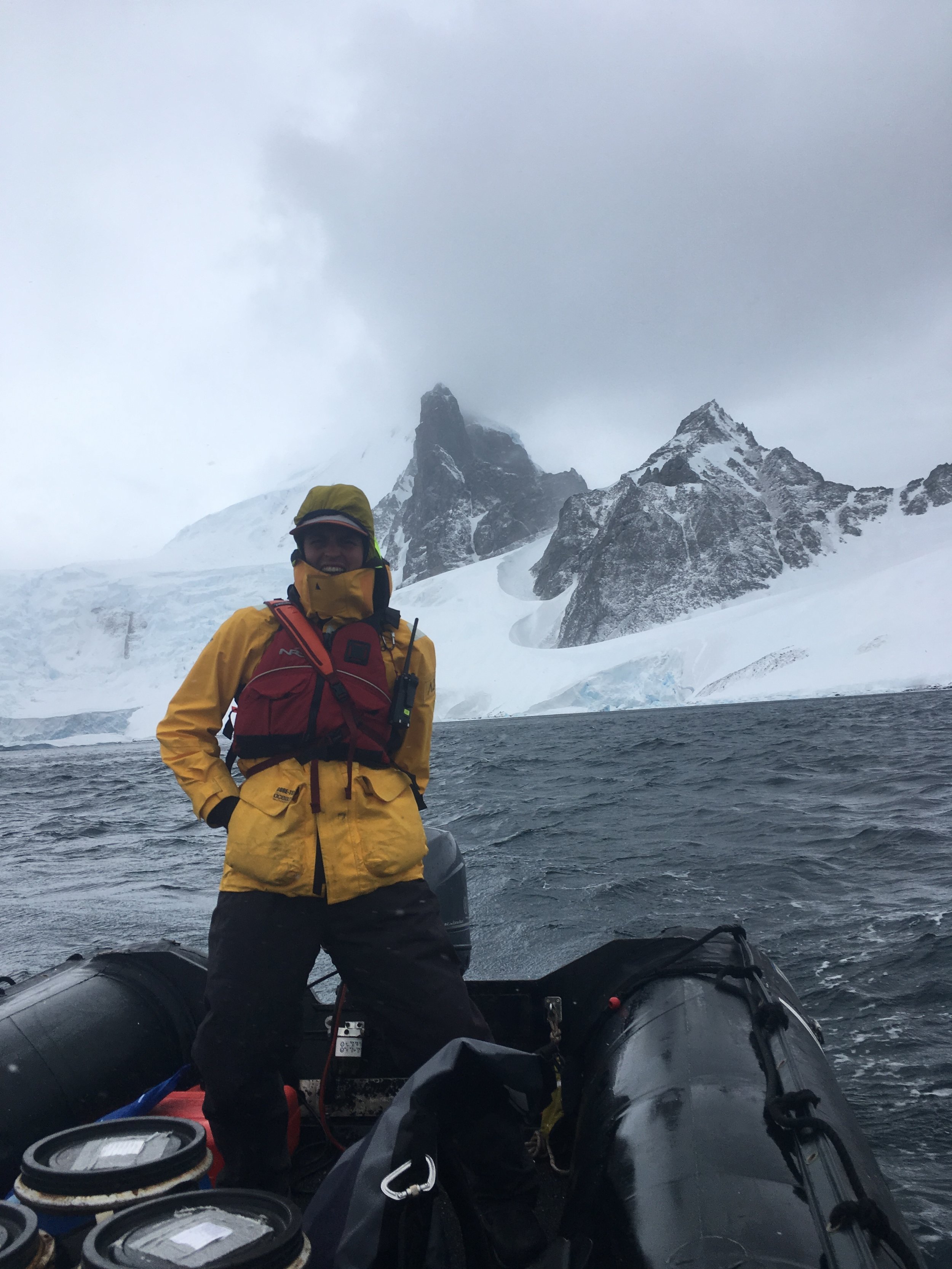
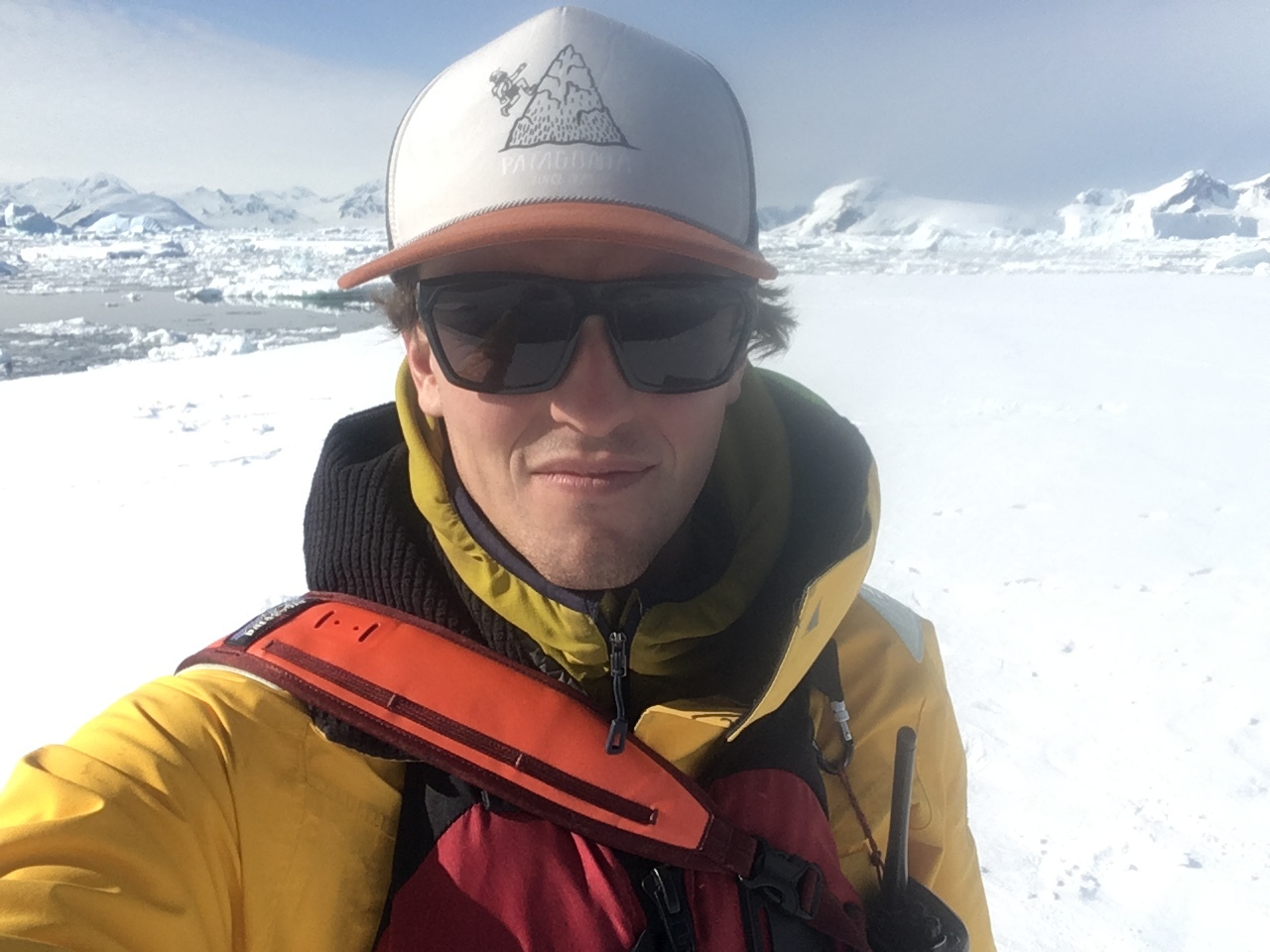
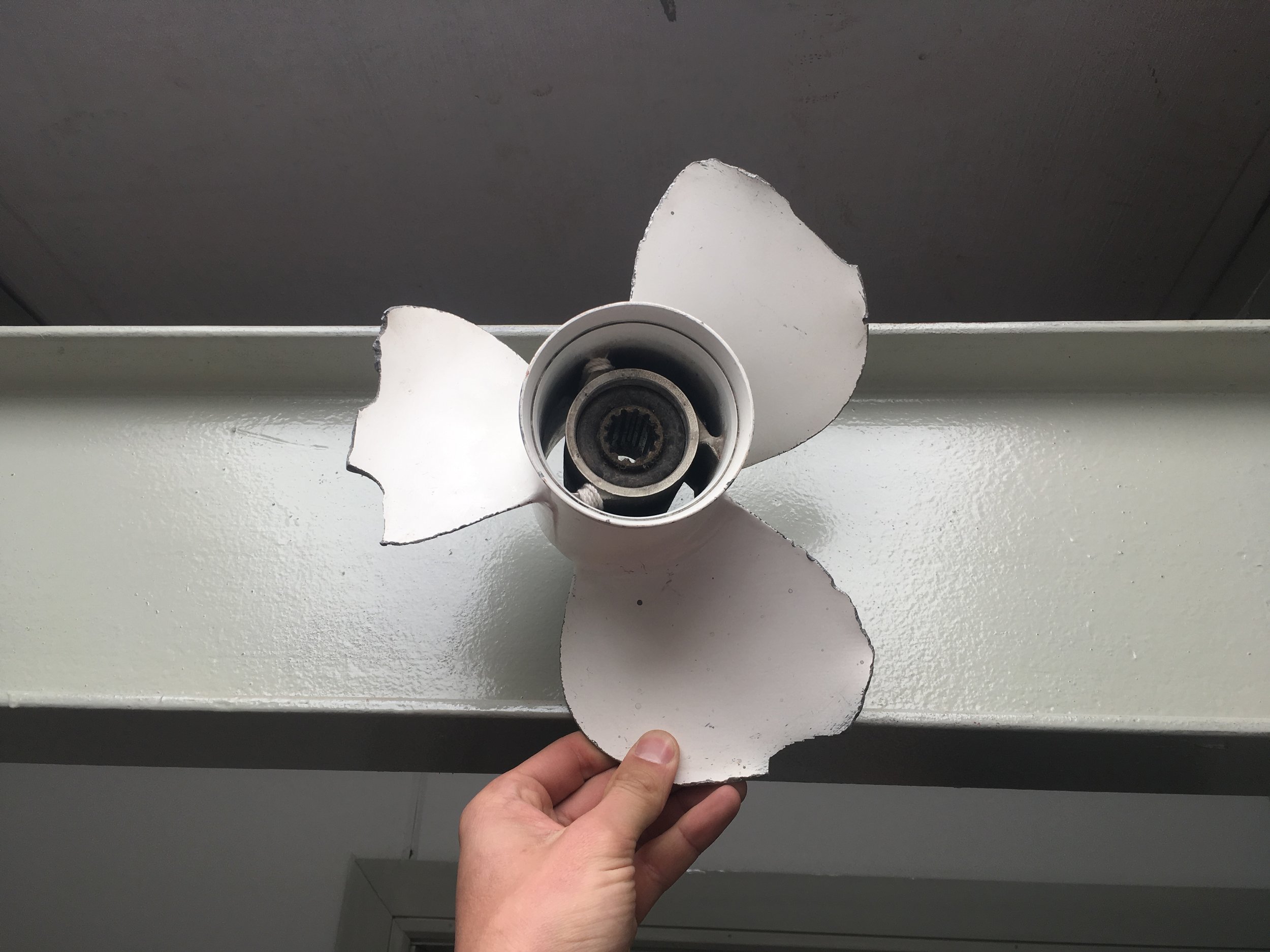
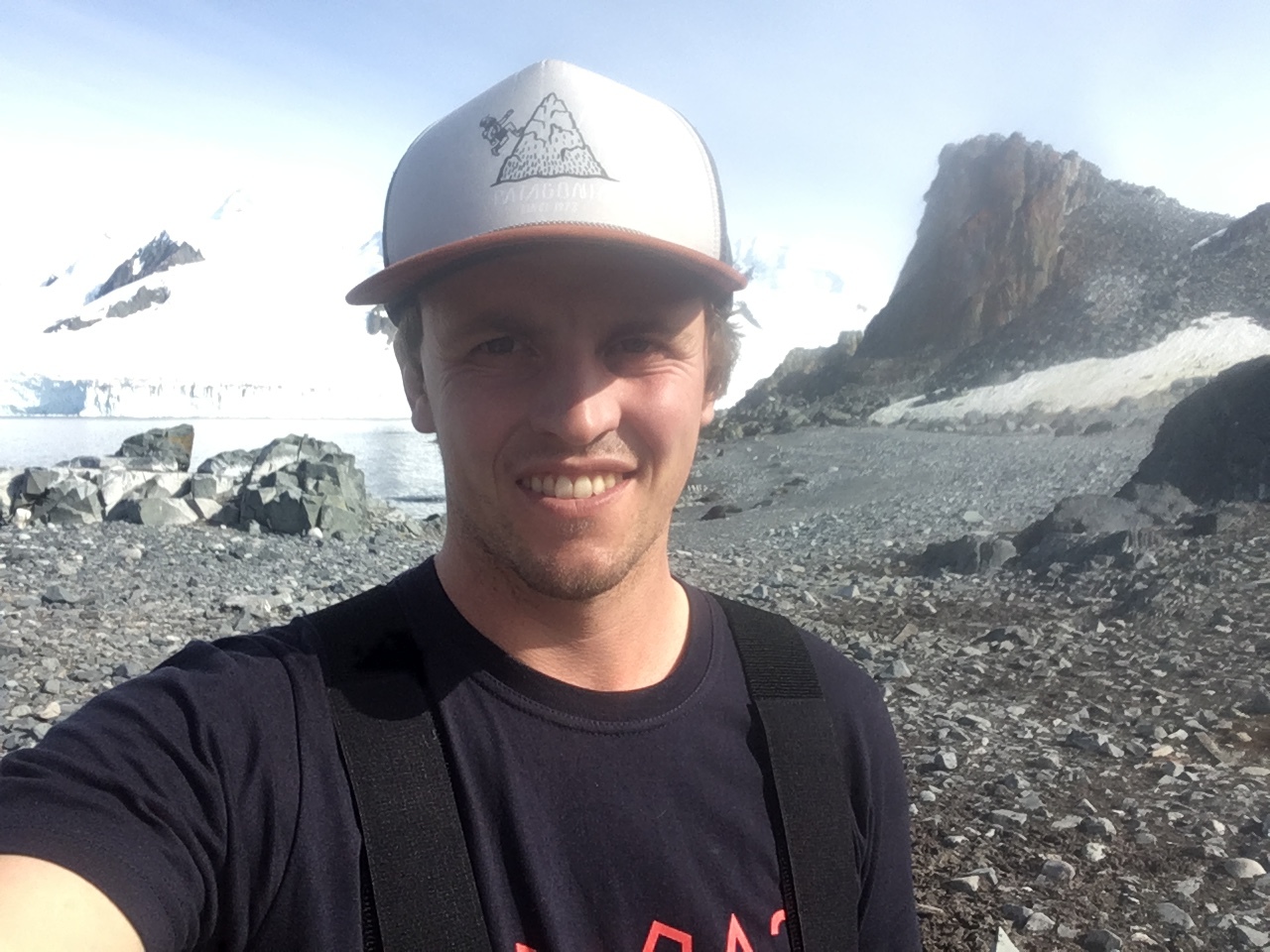
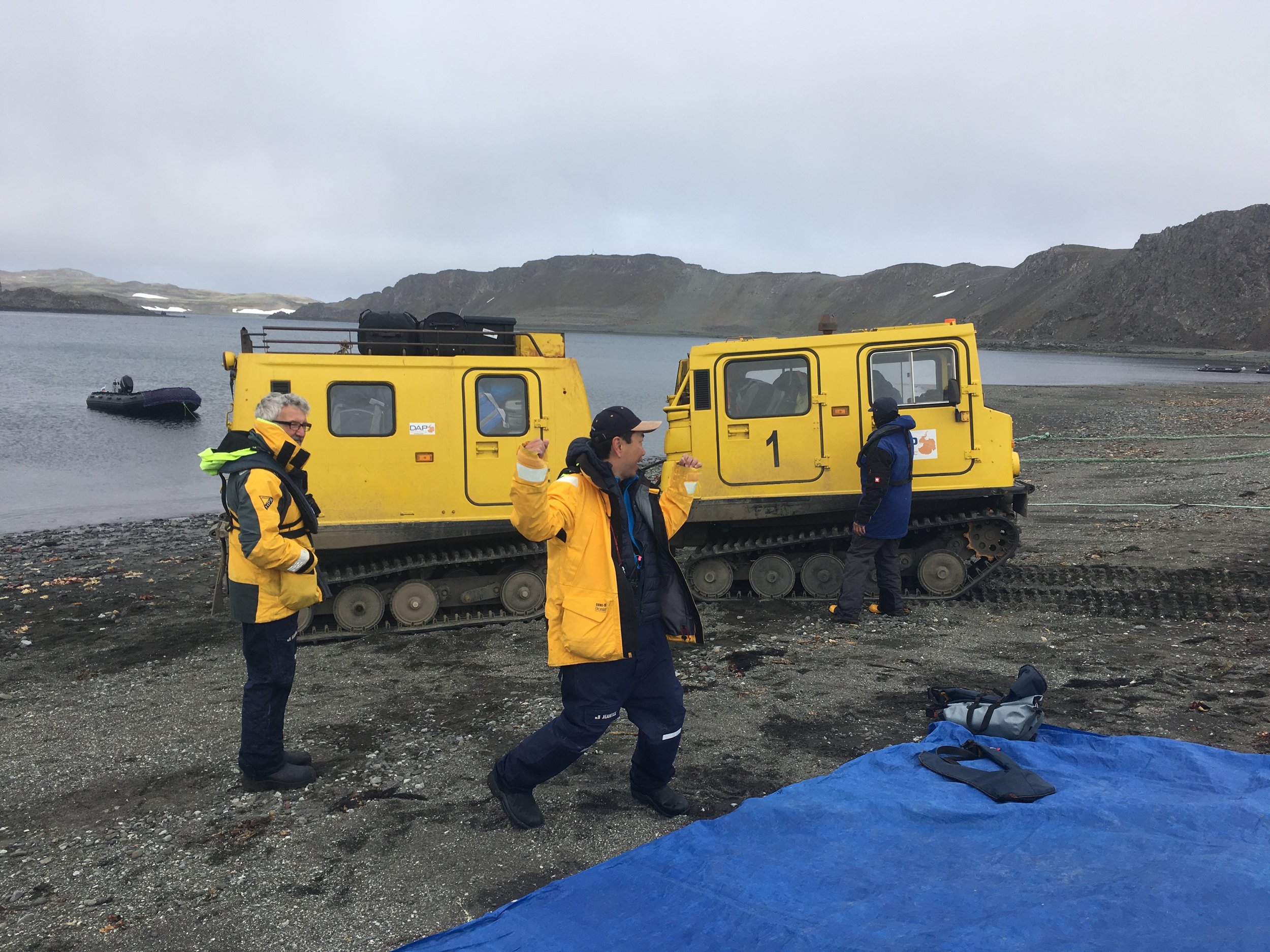
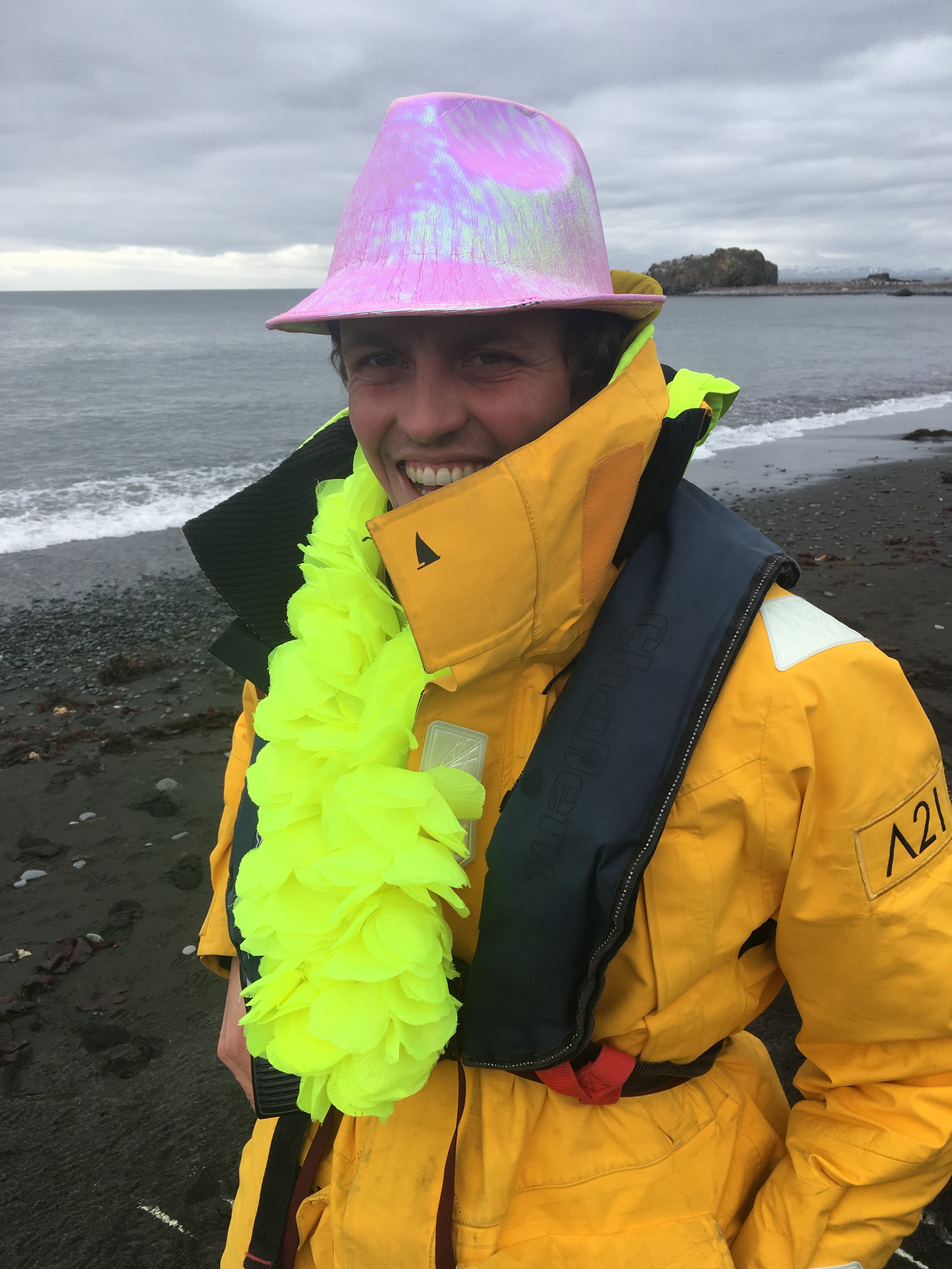
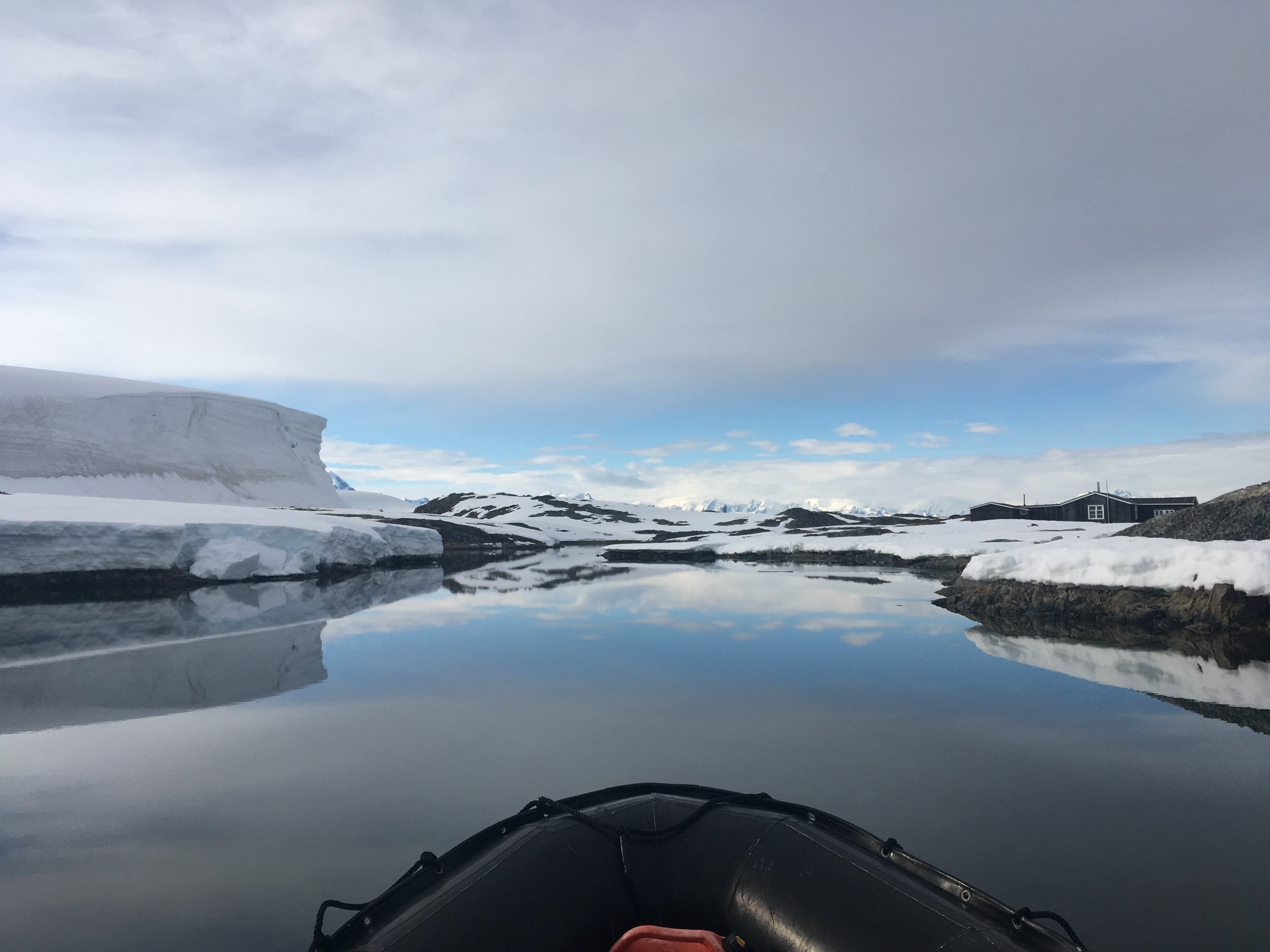
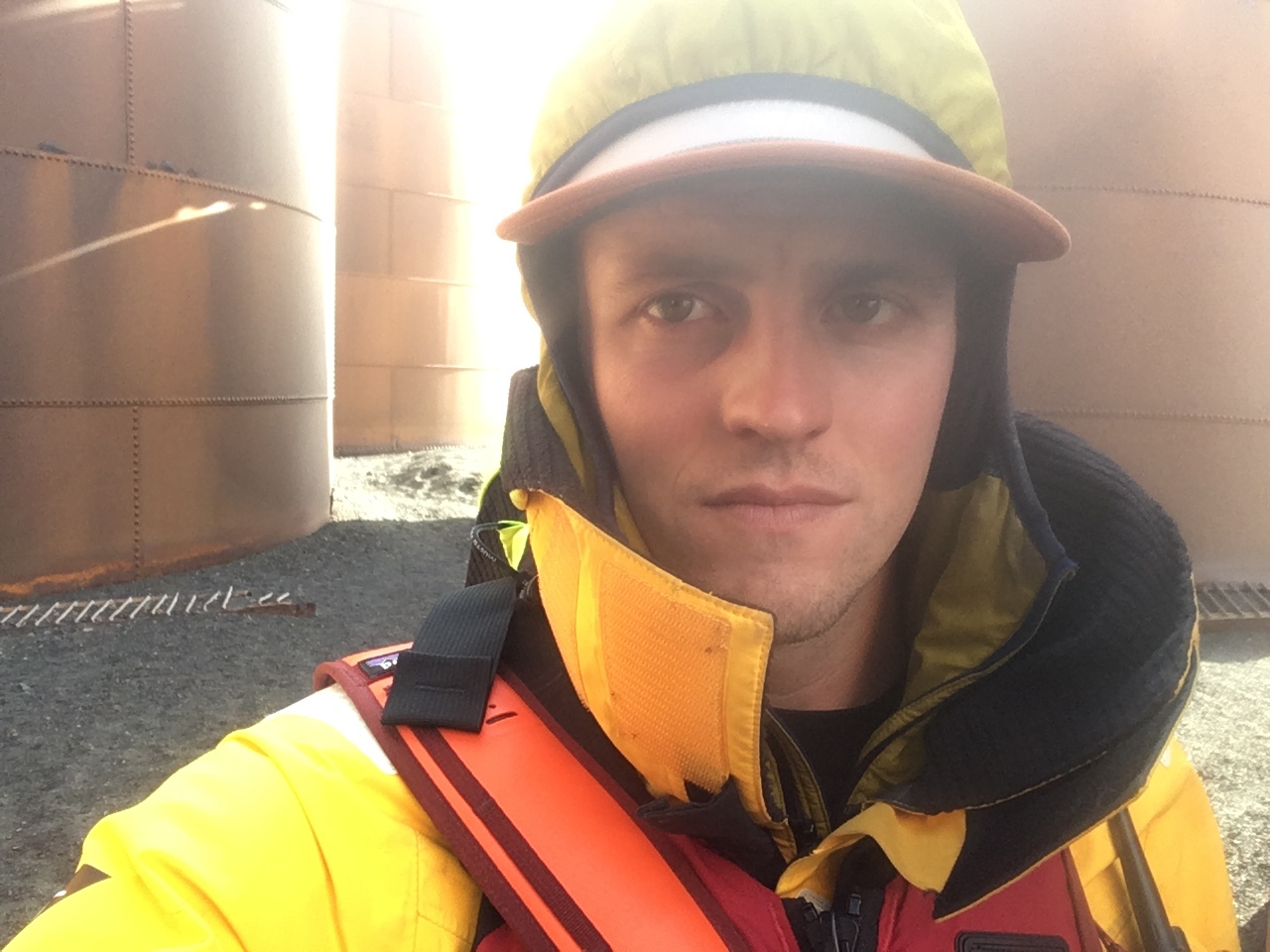
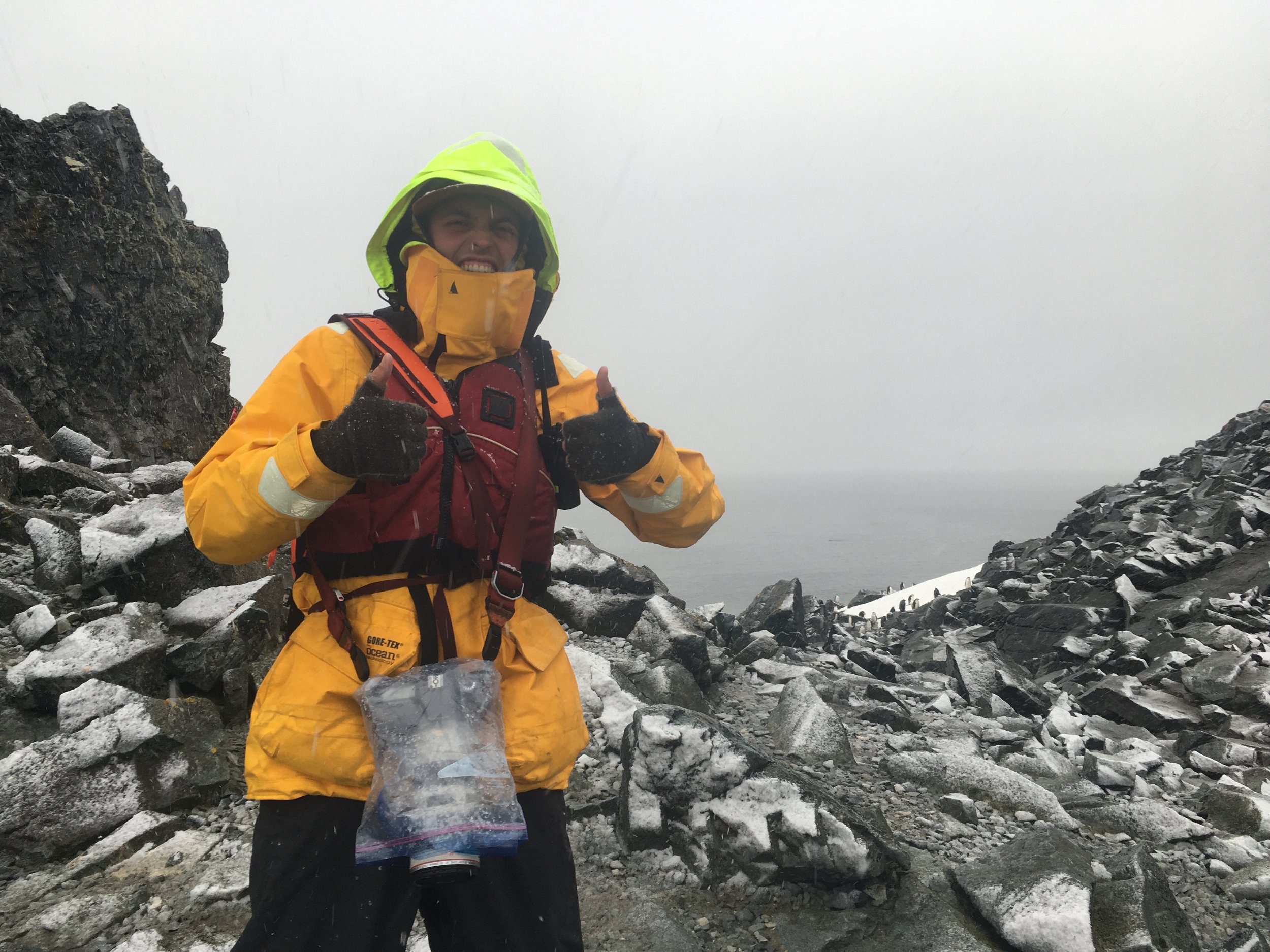
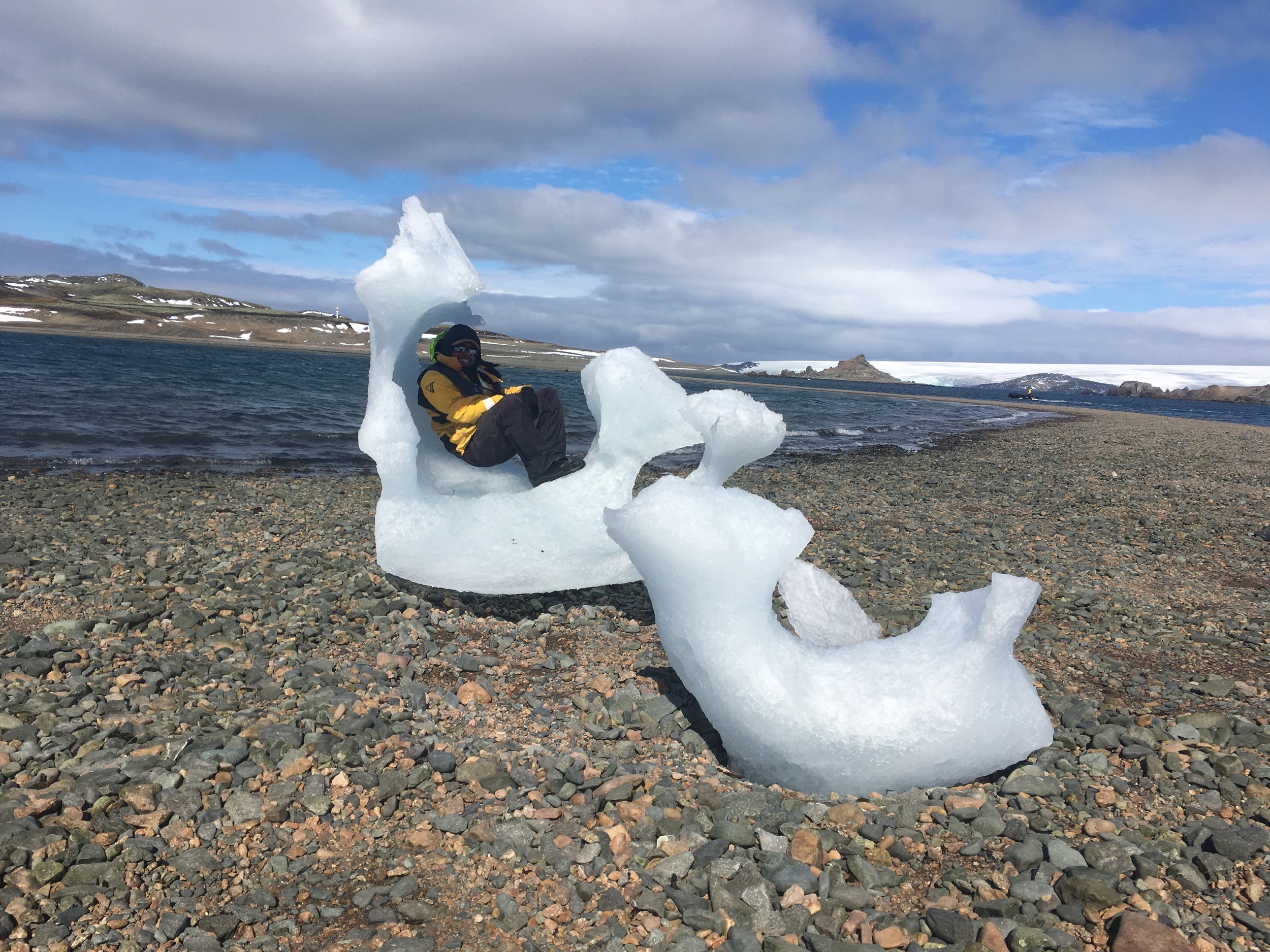
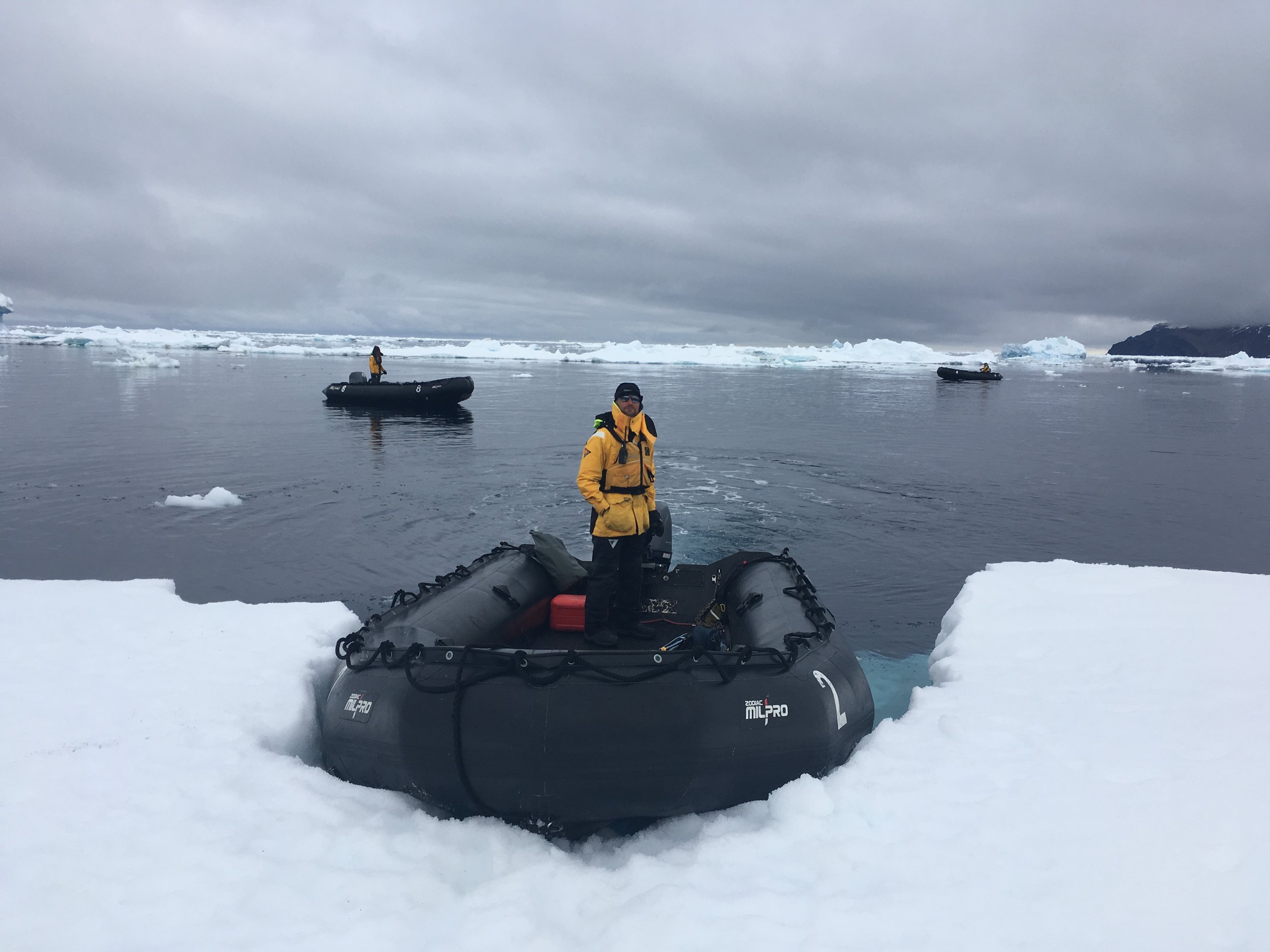

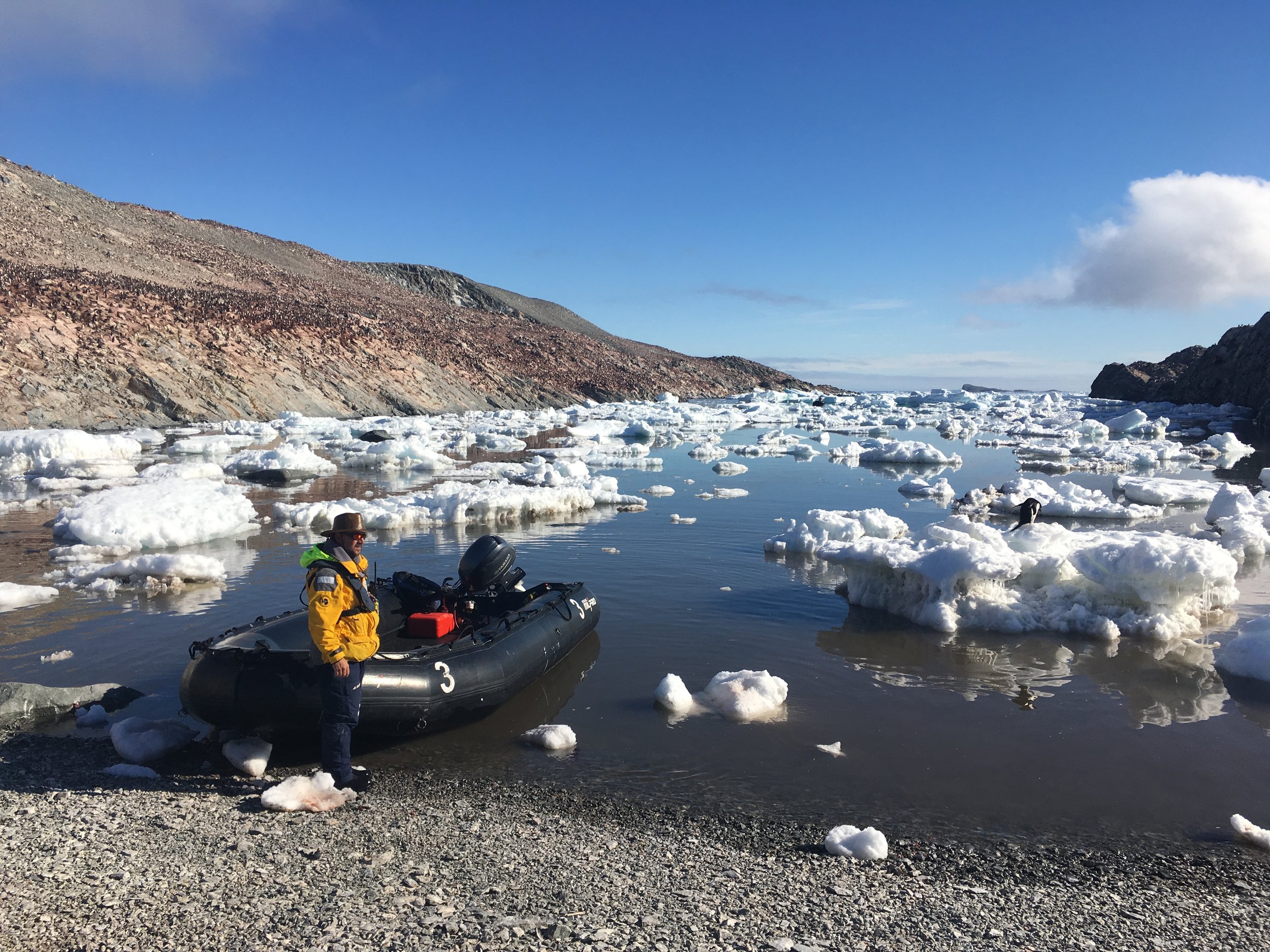
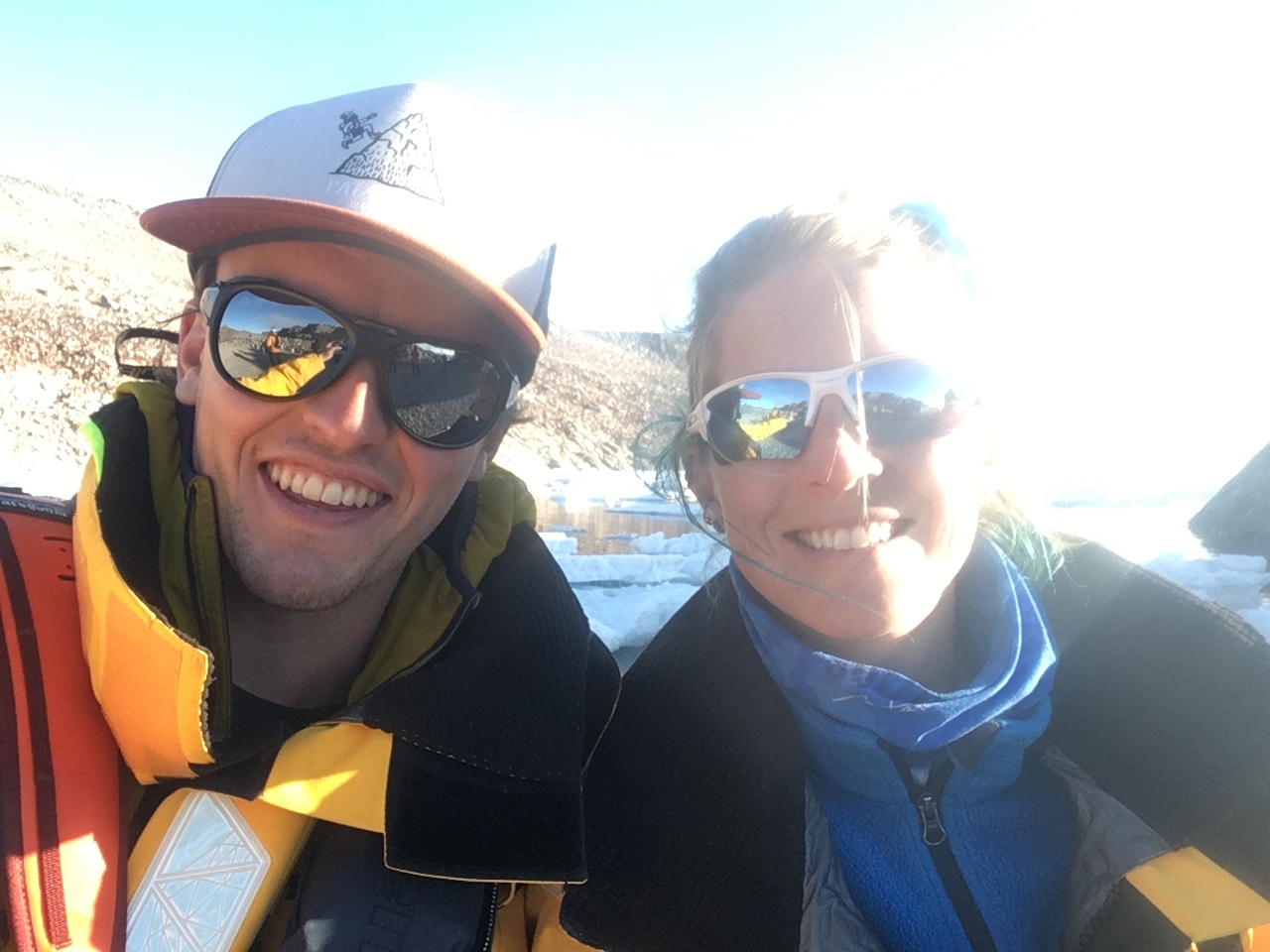
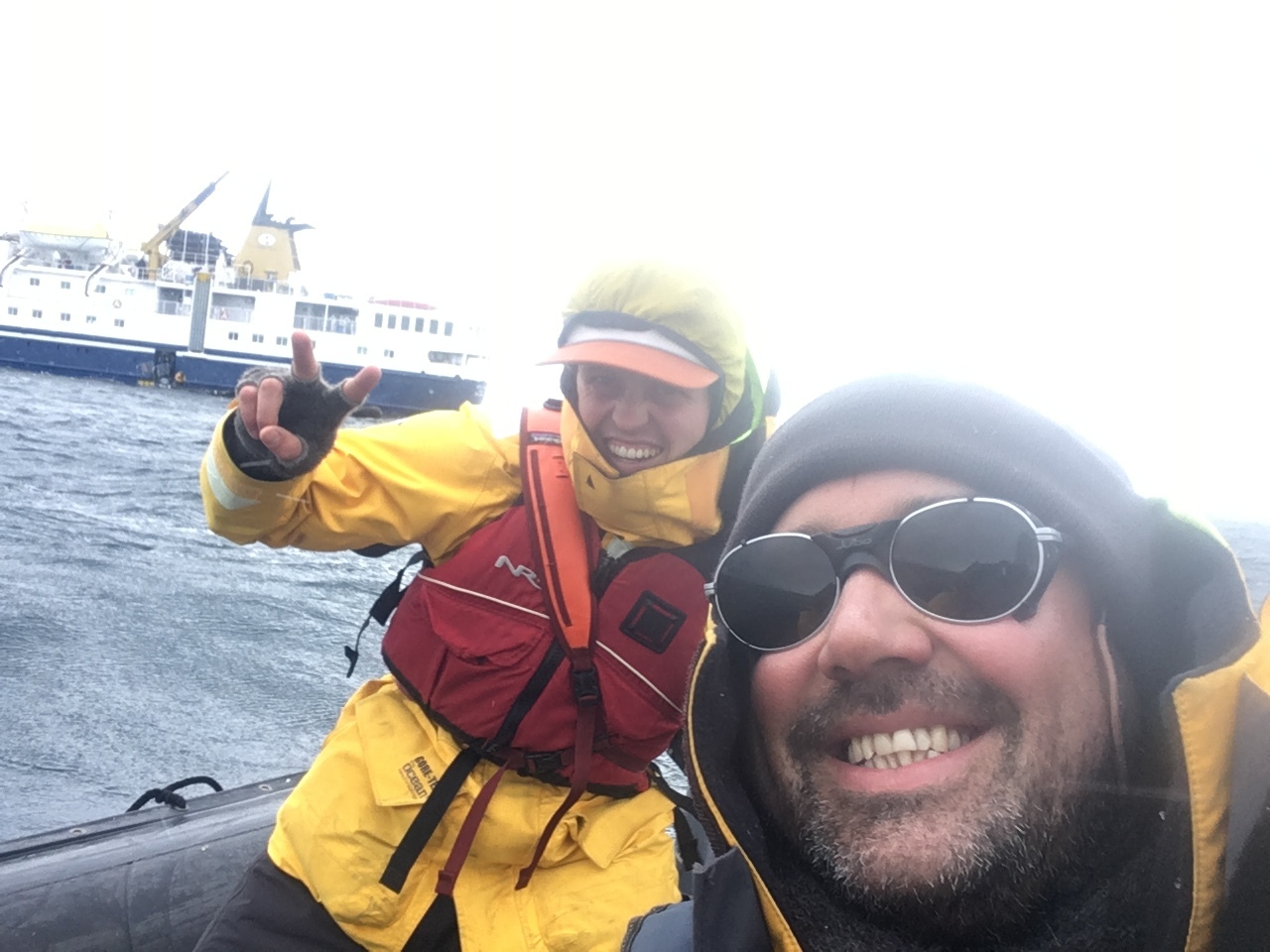
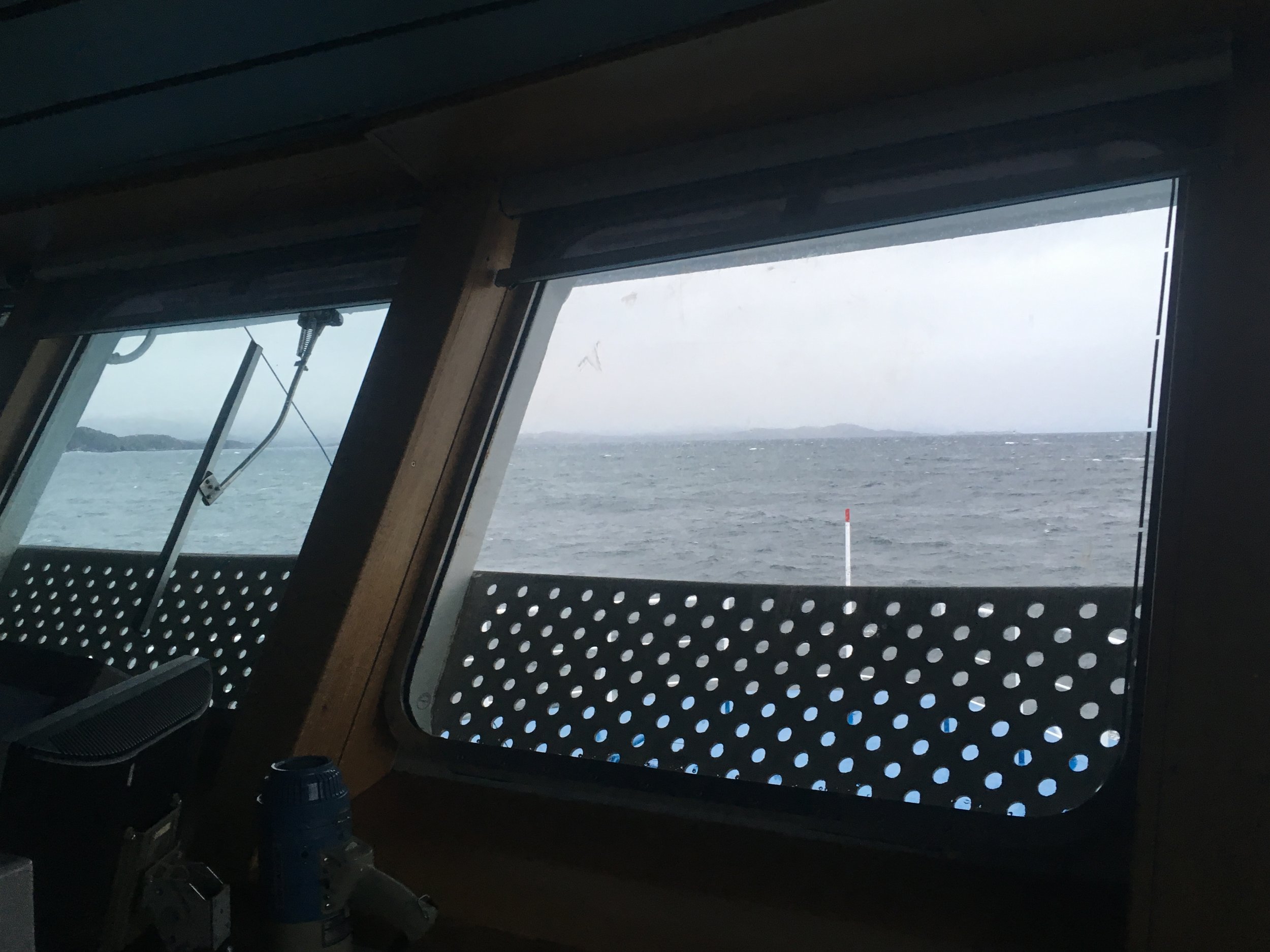
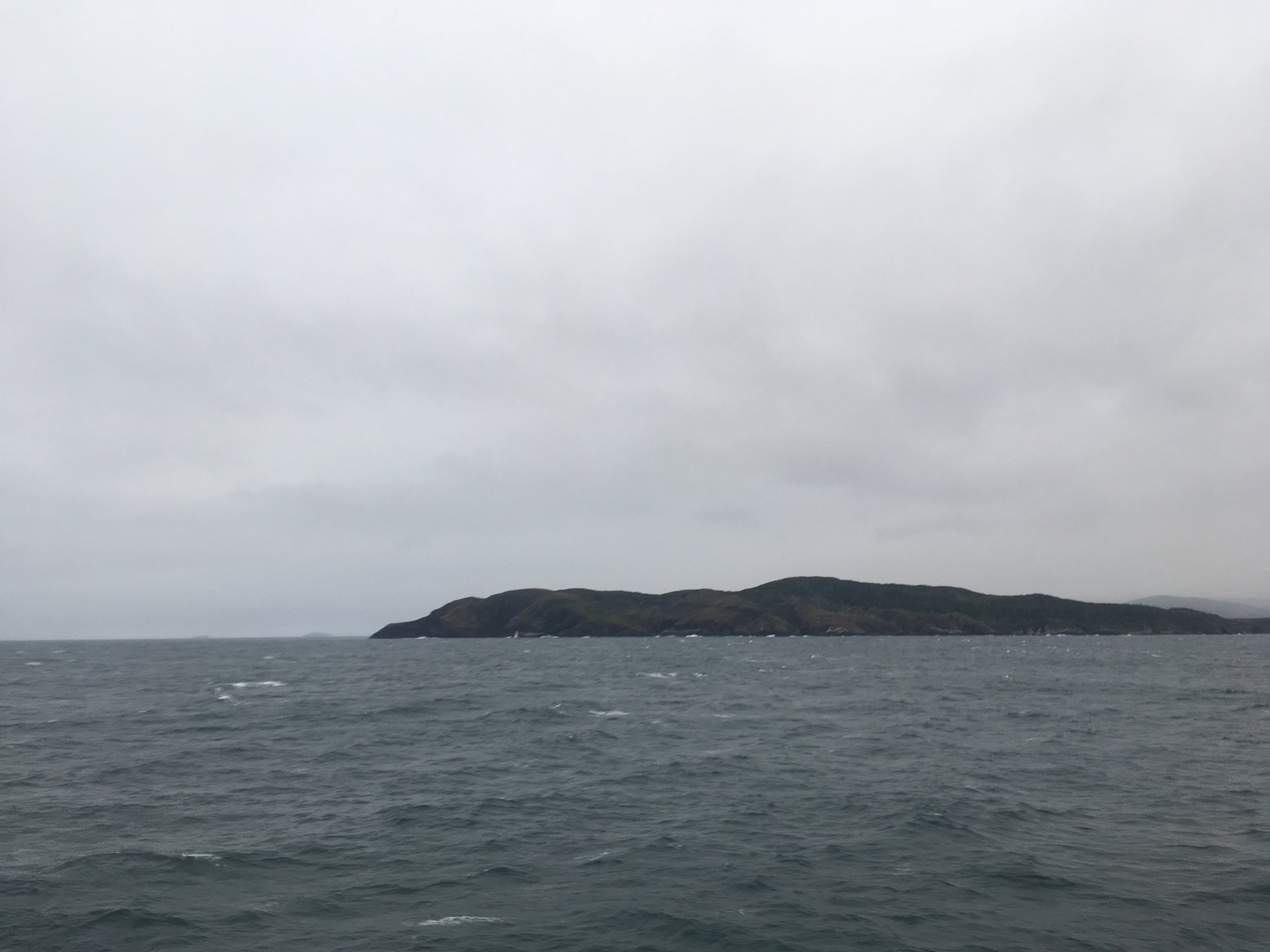

Chapter 2:
Ice
I’d never been anywhere polar before, dangling in the local ice fields crevasse was the closest I’d ever come to real ice. This meant I was wholly unprepared for the scale of Antarctica. Giant ice floes, tabular ice bergs tens of kilometres long, the booming of glaciers cracking like some unearthly giant pounding a bone chilling drum. All of it felt fairly surreal and I’m only now beginning to process it.
In the photos below you’ll notice many colours of ice. The true colour of ice is blue, but trapped air bubbles often give it a myriad of tones between blue and white (the molecules in ice absorb light in the red end of the visible spectrum making it appear violet or blue). So, when you see a really clear piece of ice, that means it’s likely very old and dense as the pressure of uncountable tonnes of ice has slowly squished it and compressed the air bubbles entirely or squeezed them out. That’s why when it melts they sound like popping rice crispies as the air bubbles are released. Clear ice may be thousands of years old and really heavy.
There’s one photo of a green ice berg, these are super rare. There are conflicting theories on how they’re formed. Most agree that as the ocean freezes from the bottom of the seafloor up towards the ice floe above it, it incorporates seafloor nutrients that help to give it its jade hue. Additionally, some scientists are now speculating their high iron content gives them their colour, which then also means that when they float out to sea they act as giant fertilizers for an iron starved ocean and contribute to the southern oceans abundance.
As for some of the odd shapes, dimples in the surface of the ice are formed as trapped air bubbles are released below the waterline. The bubbles then rush up to the surface along the outside of the iceberg. If an iceberg has flipped enough times, being exposed both to solar radiation and bubble sculpting it can turn into quite the sculpture.
Note: click on photos to enlarge and hover over to see captions.
Chapter 3:
Wildlife
Phytoplankton and krill power an ecosystem that supports huge numbers of seasonal wildlife in Antarctica. The antics of penguins, the speed of a skua diving out of the sky towards a penguin colony, the elegance of a Wilson’s storm petrel dancing on water using it’s feet to bring food to the surface, the calm breaths of sleeping humpback whales floating on the surface, the coordination of a pod of killer whales moving through pack ice, the smell of an elephant seals breath or the bark of an aggressive fur seal all add a little bit of life to an environment that doesn’t feel as if it should support any life at all.
Note: click on photos to enlarge and hover over to see captions.
Chapter 4:
Landscapes
In the five trips I was on aboard the Ocean Nova, the first explored the eastern side of the Antarctic Peninsula and pushed deep into the tabular iceberg filled Weddel Sea. A highlight of the trip was an extremely rare chance to visit Heroina Island in the Danger Island group —home to a colony of 1.5 million adelie penguins that was recently discovered by satellite imagery. The rest of the trips traversed from the runway at King George Island in the Shetland Islands down south to the Polar Circle along endless headlands and glacier covered peaks of the western side of the Antarctic Peninsula. Then finally, with no guests aboard we spent two days crossing the Drake Passage back to Puerto Williams, Chile. This was the first time I learned, through the absence of it for over a month, what the smell of land with trees was.
Note: click on photos to enlarge and hover over to see captions.
Chapter 5:
People
The human dynamic on a 79m ship with 40 crew, 15 expedition staff and 70 passengers is a tricky thing to manage. The ships crew —Captain, officers, engineers, deckhands, hotel staff and entire kitchen travel with the ship and they live on it year round. In contrast, the Antarctica 21 Expedition Staff, of which I was a part, joins the Ocean Nova only during the 3-4 month Antarctic season when they have the vessel chartered. After which, she heads north to be chartered by other tour companies in the northern Arctic.
Then the guests fly in. It’s a one day ship turn over, meaning all 70 guests are disembarked and walked up to the runway on King George Island in anticipation of a good flight window —with fickle weather this can sometimes be very touch and go— after which the plane lands and the new guests literally walk past the previous trips guests on the gravel runway. They share the smiles and nervous excitement of a group of people that knows what another group anticipates but has yet to experience. After which we drive them out to the Ocean Nova riding at anchor in inflatables and start the next trip. The plane with the old guests then takes off and flies over us. It’s a tight turn around.
Therefore it’s important that people work well together. Luckily, by a miracle managed by the crewing staff, everyone from 18 different nationalities working onboard was an absolute beauty.
Note: click on photos to enlarge and hover over to see captions.
Chapter 6:
Human Sites
In Antarctica the chances are that unless a glacier has wiped a site of historical exploration or a base camp clean off the rocks, you can still find it in unbelievable condition standing as if time has walked away from it. These historical sites are little time capsules —there’s whale bone huts from sealers and whalers, skeletons and whaling remains, stone huts from ship wrecked explorers, over wintering base camps complete with all remaining supplies and countless other sites of permanent or temporary residence from past and present scientific surveys.
For modern bases, the reason for their existence is a little tricky to explain. Having all signed onto the IAATO treaty declaring the entire continent to be left for peace and science, countries are still posturing in a way that makes you feel like everyone is making sure their interests are represented when the treaty expires in a few decades. Militaries essentially maintain a permanent presence under the pretence of supporting international scientific efforts —though in fairness the logistical support offered by a governments military is essential to maintaining support for year round operations.
Note: click on photos to enlarge and hover over to see captions.
Fin.


